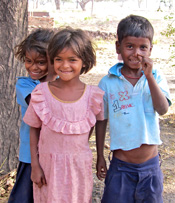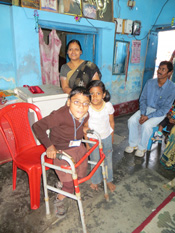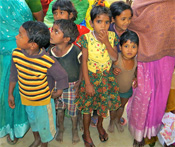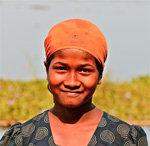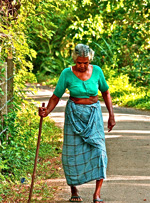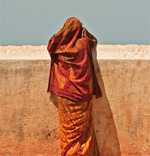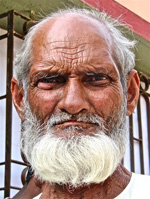|
Improving Health in a Tribal Area (Jamtara / Jharkhand)
Partner - Reach-India (http://www.reach-india.net).
This project, in a more remote tribal area, initially involves a household interview survey about health concerns, and the training of ten community health workers. Each of the community health workers in turn works with 20 women's self-help groups (existing and newly organized). They provide health education, referral, health event motivation, and health product distribution. One of the health education activities is an eight lesson series for adolescent girls called "Life Games for Girls," with these adolescent groups created by the mothers in the self-help groups.
|


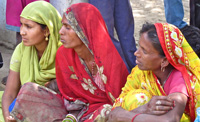
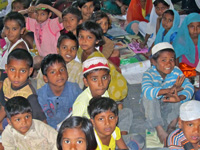
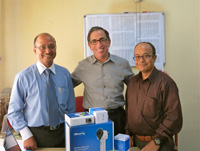
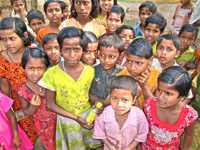
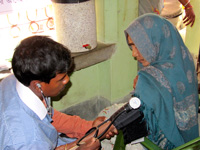

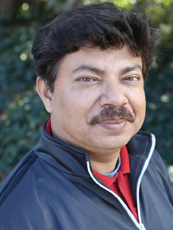 Dr. Soumitra Dutta
Dr. Soumitra Dutta
